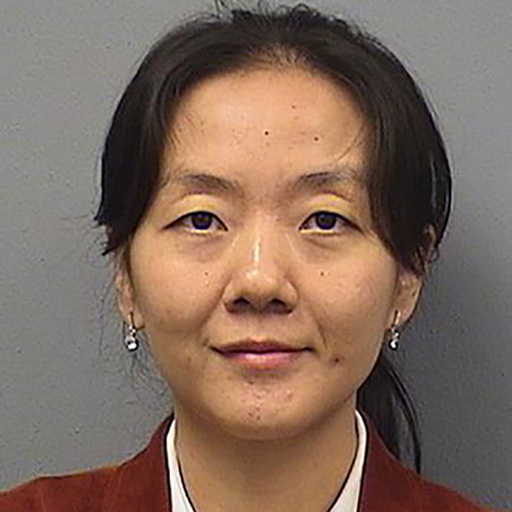
Hongli
Wu
PhD
Location
Fort Worth, TX, USA
Current Organization
University of North Texas Health Science Center
Biography
The central theme of my research is to understand the role of oxidative stress defense agents/enzymes and their functional targets, all towards developing potential therapies in eye diseases. Of primary interest is AMD, the most common retinal disorder that affects 25 million people worldwide, yet whose pathogenesis remains poorly understood. My lab uses gene knockout and transgenic animals and primary retinal cells as models to elucidate how altered redox signaling and disrupted redox homeostasis contribute to the pathogenesis of AMD. My research emphasizes the effects of oxidative damage and its repair on retinal proteins, in particular the thiol (SH)-containing proteins/enzymes. We also investigate natural product-derived antioxidant compounds that may serve as leads for the development of new pharmaceutical products that may eventually treat AMD.
“Seeing is a priority – it’s basic to life, like hearing or breathing. If I live, I should be seeing.” This quote deeply resonated with me as a young eye researcher because it stresses the importance of vision for many patients struggling with eye disorders. Our field of research often tends to be overlooked and underestimated by many people. As our population ages, eye disorders become more prominent, and the demand for new treatments increases. Because of this dilemma, I decided to become an eye researcher to hopefully contribute to the discovery of novel treatments for degenerative eye disorders like age-related macular degeneration (AMD).
Because of cuts in government funding, many interesting and potential research studies unfortunately are forced to cease. However, due to foundation support, I have been able to continue my eye research and make great strides. My research also has fostered others’ contributions to eye research, having supported multiple graduate students and research staff who are motivated to make a difference in this valuable endeavor.
My future goal involves finding potential and natural treatments for dry AMD (geographic atrophy), a form of AMD that affects nearly 90 percent of AMD patients and currently has no viable treatment. Thanks to BrightFocus donors, my research team has obtained promising data and is one step closer to finding a cure for dry AMD.
Outside of research, I enjoy fishing and taking care of my beloved cat, Mr. Garfield. Mr. Garfield is playful and lovable but most admirably, has sharp vision. Hopefully, with future advances in eye research, we can make Mr. Garfield’s sharp and great vision a possibility for many patients with degenerative eye disorders.



